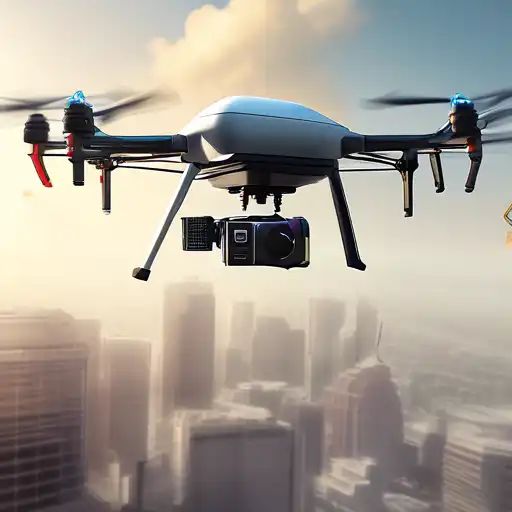The Rise of Commercial Drones
Commercial drones, also known as unmanned aerial vehicles (UAVs), have transformed industries by offering innovative solutions for photography, agriculture, delivery services, and more. Their ability to access hard-to-reach areas and perform tasks efficiently has made them indispensable in the modern economy.
Opportunities Presented by Commercial Drones
The applications of commercial drones are vast and varied. In agriculture, drones are used for crop monitoring and spraying, significantly reducing labor costs and increasing efficiency. In the construction sector, they provide aerial surveys and inspections, enhancing safety and project management. Delivery services are experimenting with drones to expedite shipping times, especially in remote areas.
- Enhanced efficiency and reduced operational costs
- Improved safety by minimizing human involvement in dangerous tasks
- Greater accessibility to remote or hazardous locations
Navigating the Regulatory Framework
As the use of commercial drones expands, so does the need for comprehensive regulations to ensure safety and privacy. In the United States, the Federal Aviation Administration (FAA) mandates that commercial drone operators obtain a Part 107 certification, which includes passing an aeronautical knowledge test.
Internationally, regulations vary significantly, with some countries imposing strict no-fly zones and others requiring special permits for commercial operations. It's crucial for businesses to stay informed about the latest aviation regulations to avoid penalties and ensure compliance.
Future Prospects and Challenges
The future of commercial drones is bright, with advancements in technology paving the way for more sophisticated applications. However, challenges such as airspace congestion, privacy concerns, and the need for standardized regulations across borders remain.
Businesses looking to integrate drones into their operations must weigh the opportunities against the regulatory and ethical considerations. By staying ahead of technology trends and adhering to legal requirements, companies can leverage drones to gain a competitive edge.
Conclusion
Commercial drones offer unparalleled opportunities for innovation and efficiency across various sectors. However, navigating the complex regulatory landscape is essential for sustainable and legal operations. As technology evolves, so too will the opportunities and challenges associated with commercial drone use.
